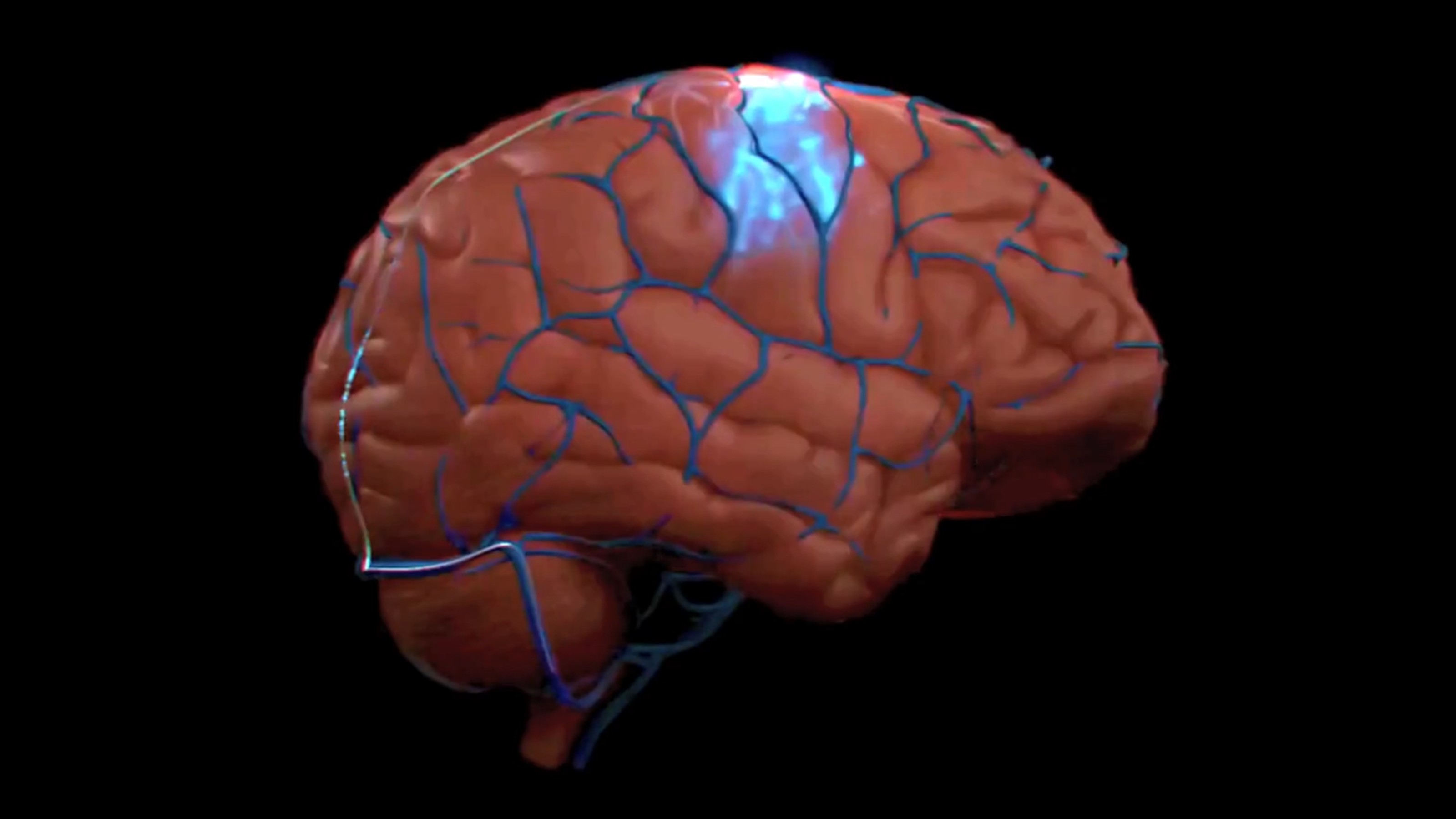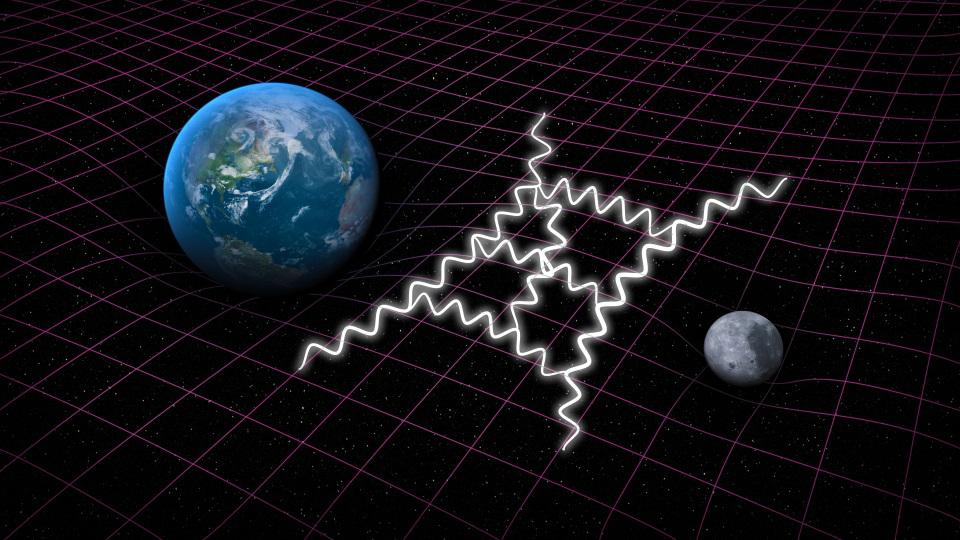Iran has emerged, Nasr says, as a great power in the region.
Vali Nasr: Well what happened in the past five, six years is that all the wars and changes in the Middle East actually strengthened Iran’s position. Iran has sort of emerged, if you would, as a great power in the region.
Now there are many people who say that’s not really true. This is nothing that Iran did that gave it this status. It actually is a weak country. It has a weak economy. It has a divided society.
All of that might be true, but it takes 10 minutes being in the Middle East to know that the Iranians think they are a great power, and the Arabs around them think they are a great power.
And a lot of politics is about perception. The perception in the region is that the glass is half full for Iran; it’s half empty for the Arab world.
But compared to 2001 or 2002, Iran’s influence in the region has expanded, and the influence of the Arab world has declined; that Iran militarily feels that it has much more elbow room if the U.S. wasn’t there. The Arab countries now feel vulnerable that Iran has effectively penetrated the Arab world. It controls Southern Iraq. It wields a lot of influence in Iraq.
Iran is big player now in Lebanon, much more so than before 2006.
And look, the Palestinians are now completely divided into two territories. And guess what? The Arab governments are only influential in one territory, and the Iranians are influential in the other one. Iran has a lot more influence than it had in the past. It has much more capability than it had in the past.
The other issues are really a reaction of a reflection of this. In other words, the sectarian issues are becoming more important because it falls right in the middle of an Iranian-Arab rivalry. The language of the Arabs in the region is anti-Iran, anti-Shiia. And so long as the Iranians and the Arabs are in this rivalry, the Iranians are Shiias; most of the Arabs are Sunni. Sectarianism is an issue. Relations is an issue. Nationalism becomes very important.
The other issue is even the Palestinian issue has become now a political football between Arabs and Iranians. I mean, people argue that the whole purpose for an Annapolis Conference and a new peace effort was to create a united Arab front against Iran. So Iran was really the ulterior motive; the bigger fish in the picture.
Now for everybody in the region, Iran poses a challenge. For the Arab countries, this is classical balance of power issue. It’s not necessarily just about the Iranian regime. It’s a country of 70 million people; very wealthy, very large, very nationalistic with imperial ambitions going back.
It now feels that it’s being let loose in the Persian Gulf. And any country – whether it’s Egypt, Saudi Arabia – any country reacts to a relative loss of power with anxiety.
So everybody looks and says, “Can we go back to re-balancing Iran?” That’s a natural reaction.
The United States has a challenge because the United States for a very long time invested in a vision of the Middle East which was based on the idea that the Arab world was the most dominant factor, and stability in the Middle East depends on stability in the Arab world. Now all of a sudden we see that Iran is much more important – from Lebanon, to Palestine issue, to particularly the Persian Gulf where everything we care about right now is over there; and to Iraq, which is our most important issue in the region.
Now all of a sudden the Arab world that we invested so much in is not able to control, and influence, and shape things to the extent that was the case five years ago [i.e. circa 2002]. We have to play catch up with reality.
Now one of the ways in which the [George W.] Bush administration is trying to do this is to take the clock back to 2002. That’s not going to happen easily, bloodlessly, effortlessly. Iran’s not going to go back in its cage easy. The question is: can we cobble together a new framework for the region that deals with the reality, which is Iran is more influential? Arabs may be a little less. Come to a new balance.
For Israel, the problem is very different. Israel and Iran now essentially are the two great powers in this region. The Arab world is sandwiched between.
You had for a period a unipolar situation in the Middle East where Israel was conventional military, dominant; the Arab world, by and large, was becoming an ally of the U.S. Syria or Libya were not mattering much. Iraq was broken down by the U.S. Iran all of a sudden is emerged as the counterweight to Israel. It’s trying to shore up rhetoric against Israel; anti-Holocaust rhetoric; pro-Palestinian rhetoric; rejecting talking, etc. And it’s trying to woo the Arab world away from Israel. And Israel and the United States are trying to woo the Arab world against.
But that means that the real power players are not the Arab world. The Arab world is the prize in a bigger fight between Israel and Iran over power in this region.
Now Israel; whenever you have nuclear capability, there’s always a fear about its use. But I don’t think that’s the really most important issue here.
I mean look at South Asia. Pakistan and India hate one another. They have a live issue between them. Ever since they’ve gone nuclear, they haven’t gone to war with one another. There is a nuclear peace in South Asia.
But the reality is that the issue is a bit more complex. It’s not that whether Iran, the minute it gets the bomb is going to launch it. First of all, Iran is many years away from a bomb, and many years away from getting parity with Israel, which has some 200 nuclear weapons and second strike capability.
The reality is that when India and Pakistan each went nuclear, they went different paths. India relaxed. It began to focus on economic growth and real things. Pakistan became much more dangerous. It became much more adventuristic. It would send jihadi fighters into _________ and Afghanistan. And even right now the Pakistanis would do things that other countries would not get away with against the United States, which is giving them money. Why? Because they believe they have some kind of immunity because of a nuclear capability.
India will not invade Pakistan even though it has a bigger army. Now the question is, which one will Iran be? Will Iran be India, or will Iran be Pakistan?
And then the bigger question is an Iranian bomb will play the same role that American nuclear weapons played in Europe during the Cold War. The Soviets had many more tanks, many more soldiers. They could have just walked into Western Europe. We couldn’t match their numbers. But once you have the nuclear weapons in the picture, conventional superiority becomes irrelevant. Nuclear weapons are an equalizer.
For in the minds of Middle Eastern countries, Israel has absolute conventional superiority. It has a fantastic military which has proven itself in war. It’s highly technologically advanced, and it has a superb air force. Now the minute you have a nuclear capability, all of that conventional superiority will become irrelevant.
So for Israel, a nuclear Iran is an absolute strategic loss. I’m not convinced that there will be nuclear war. I mean, one never knows, but I’m not convinced that that’s the most likely scenario, the most likely outcome. But one can be absolutely sure that once Iran has a nuclear weapon, Israel will lose its conventional superiority and the balance of power in the region will shift.
Israel will not be able to, for instance, operate in Syria or in South Lebanon with the ease that it does. Many Arab countries that right now complain about Iranian nuclear weapons may actually benefit from a nuclear shield and become a lot more anti-Israeli. And you’ll end up with a much more constricted Israel in a Middle East which still has many live, unresolved issued that threaten Israel’s security.
Recorded on: Dec 3, 2007





